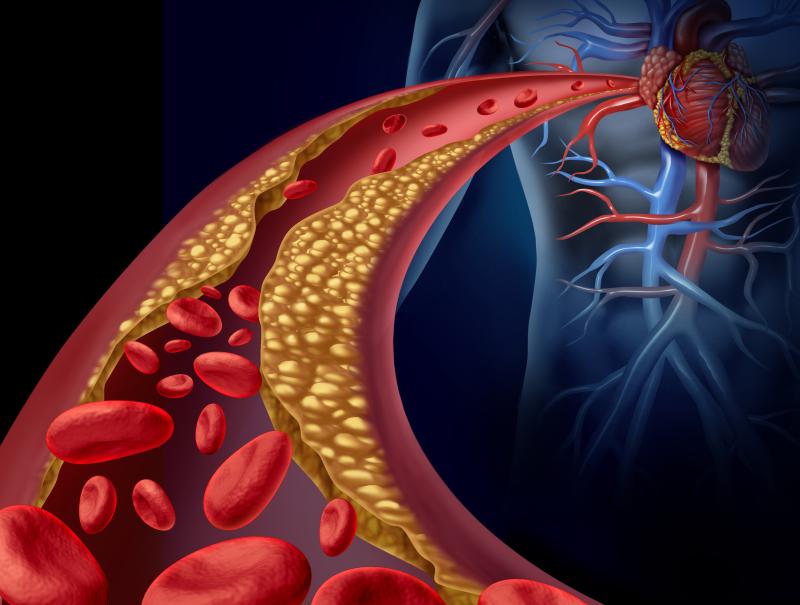
Major adverse cardiac events (MACEs) tend to occur more frequently in patients with acute myocardial infarction (AMI) caused by coronary artery atherosclerosis (CAA) than by coronary artery spasm (CAS), a recent study has found.
Researchers enrolled 36,797 AMI patients, of whom 36,313 had CAA-AMI (mean age, 63.1±12.7 years; 73.0 percent male) and 484 had CAS-AMI (mean age, 55.4±12.4 years; 69.0 percent male). MACE was set as the primary outcome and was defined as the composite of total death, nonfatal MI and repeat revascularization.
The incidence rate of MACEs after 2 years of follow-up was significantly lower in the CAS-AMI than in the CAA-AMI group (7.1 percent vs 11.2 percent; log-rank p=0.007).
Disaggregation according to endpoint components however showed that the incidences of total death (5.6 percent vs 6.4 percent; log-rank p=0.503) and nonfatal MI (0.9 percent vs 1.5 percent; log-rank p=0.594) did not significantly differ between the CAS-AMI and CAA-AMI patients. The same was true for 30-day total (4.6 percent vs 4.5 percent; p=0.941) and cardiac (4.1 percent vs 4.3 percent; p=0.901) death.
The significant difference in the primary composite endpoint was driven primarily by repeat revascularization, which was significantly more common in the CAA-AMI group (4.2 percent vs 0.4 percent; log-rank p<0.001).
Multivariate logistic regression analysis identified the following as significant predictors of 2-year total mortality in CAA-AMI patients: aborted cardiac arrest, ST-segment elevation MI, diabetes mellitus and current smoking, among other variables.